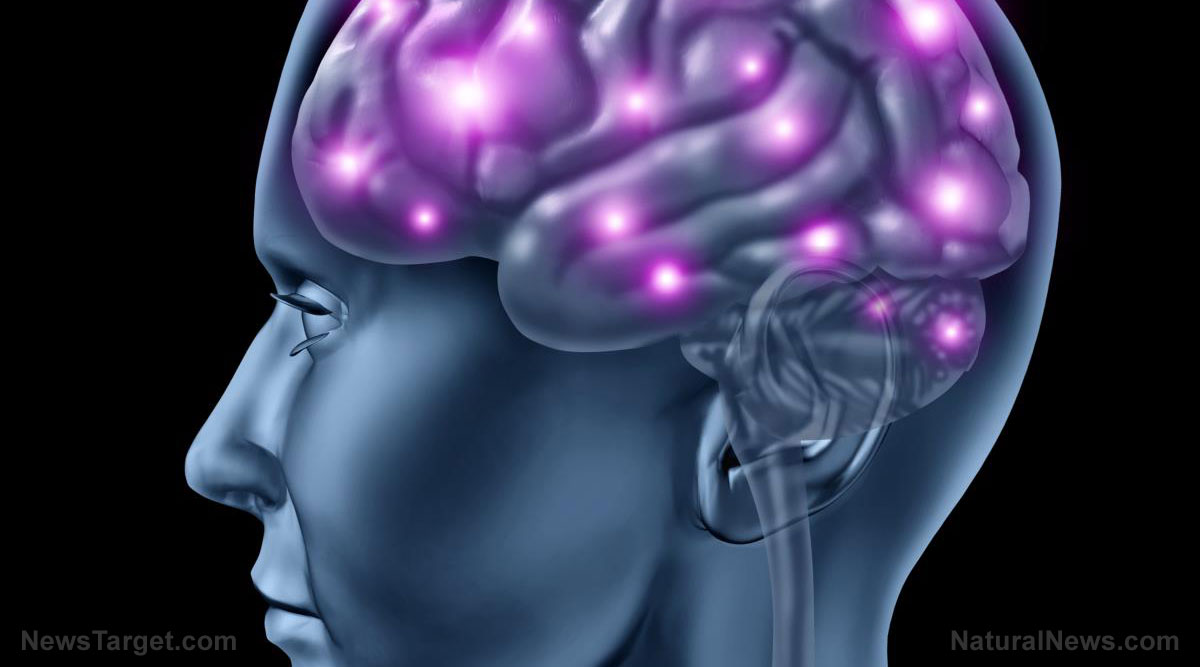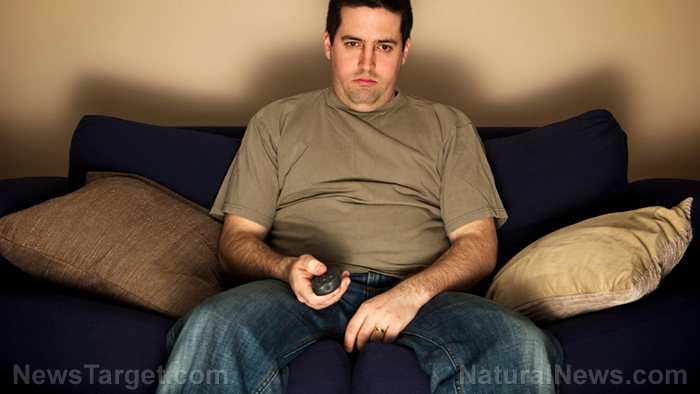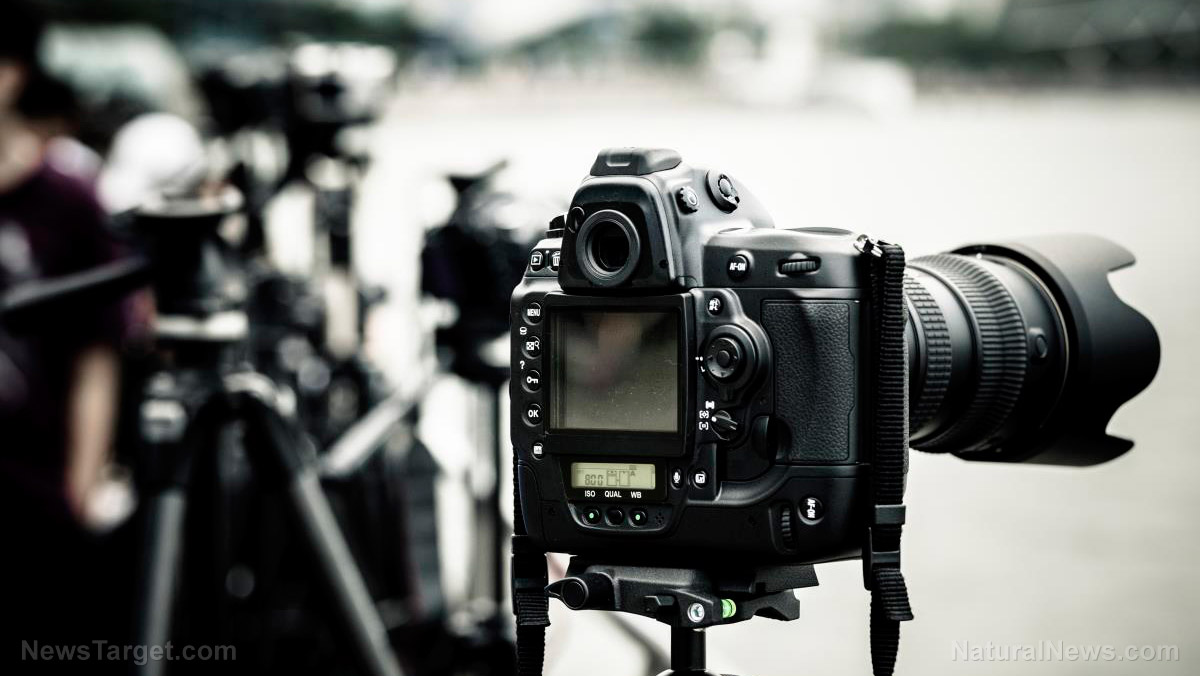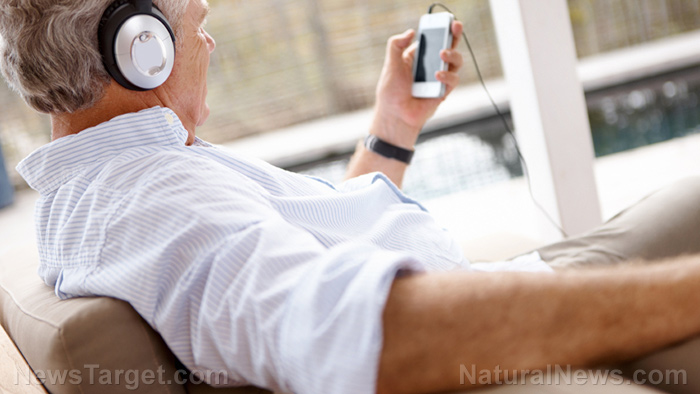New brain-healing bracelet uses vibration to help stroke victims recover faster
03/01/2018 / By Michelle Simmons

A new brain-healing bracelet that uses vibration is being used to help speed the recovery of stroke victims. Known as TheraBracelet, the new device was developed by a group of scientists from the University of Wisconsin-Milwaukee.
The scientists tested the device on 10 individuals and found that the application of the vibrations at the wrist immediately heightened the sensation of touch. In addition, when it was used on healthy people, the bracelet increased average grip and sensitivity right away. The findings indicate that the device does not only benefit stroke patients, but also healthy people. The deterioration of sensation comes with aging, which can make an individual clumsy.
“As individuals age, more pressure is required to feel touch,” the scientists said. “Many people mistake reduced sensation and the loss of motor skills as clumsiness, but in reality, their sensitivity thresholds for touch have increased.”
Right after a stroke, nine out of 10 stroke sufferers experience some form of paralysis, which is caused by damage to the part of the brain that sends electrical signals via the nervous system to make muscles moves. The paralysis typically occurs on the side of the body opposite to the side of the brain that was affected by a stroke. One of the most common effects is hand paralysis or weakness, which seriously hinders movement and independence. According to the World Health Organization (WHO), 15 million people suffer from stroke worldwide every year. Of these, five million die, while another five million are permanently paralyzed.
The device should be worn for a minimum of eight hours a day. It sends vibrations that cannot be felt, but can be detected by brain. The vibrations stimulate the nerves to boost touch sensation, which in turn may aid to bring back movement. TheraBracelet works by increasing the ability of body to feel touch, which is similar to a hearing aid that amplifies sound and glasses that improves eyesight. It reactivates the nerves that control weak or paralyzed muscles, increasing signals from nerves through imperceptible vibrations to the skin, a principle known as stochastic resonance. Together with physiotherapy and hand exercises, the device could help speed up recovery.
Another trial is being conducted by the Medical University of South Carolina which involves 20 stroke patients. Among the patients, 10 will wear an active device, while the bracelets of the remaining participants will be turned off. They will wear the device for a minimum of eight hours a day within a month, then the results will be compared.
Wearable sensors may speed up recovery in stroke patients
Technological ways for helping speed up the recovery of stroke patients continue to be developed. (Related: After a stroke, brain exercise is key: Virtual reality training found to be effective supplemental therapy for regaining movement.)
Scientists from Northwestern University in the U.S. are developing wearable sensors that could help enhance the recovery of stroke patients. The sensors will continuously transmit information to doctors, which could enable them to more closely observe the efficiency of their care.
“It is almost mechanically imperceptible to the patient who is wearing the device,” said John Rogers, one of the developers of the sensors.
The technology of putting sensors on the body also allows an individual to embed all types of advanced sensor functionality, microprocessor computing capability, power supplies, and WiFi into this very unusual platform, according to Rogers. The sensors can determine which muscle groups work or not and point out the areas affected by stroke. In addition, the sensors can identify therapies to particularly improve those issues.
If you’d like to read more news stories and studies on various other inventions, go to Inventions.news.
Sources include:
Tagged Under: bracelet, brain health, neurology, stroke, stroke recovery, therapy, vibration, vibrational medicine




















